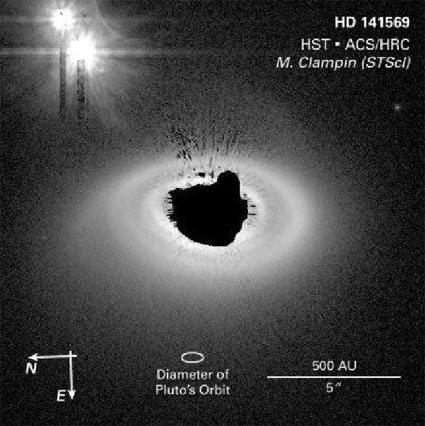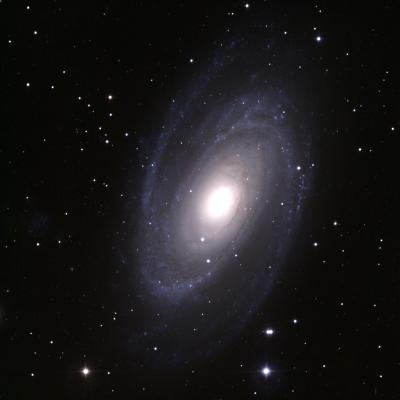It seems my statement was misinterpreted somewhat, I am not challenging the observations and saying that the object is not a star in our own galaxy but simply that perhaps it is the beginning stages of what will eventually be ejected from our galaxy to form what is defined as a quasar.
To my knowledge there is no observational data for quasars prior to their ejection from the parent galaxy, as far as I know such objects aren't defined as quasars until they have been ejected from the parent galaxy. Even the EU has only non-evidenced theory of the processes involved prior to that, no?
Unless I am thinking of a different object this "star" is theorized to be approximately the right age to place it's "creation" sometime around the last cataclysm experienced by human kind/Earth which could very well have been either the result of a "surge" in the galactic circuit or simply been accompanied by such a surge.
A surge such as that which I'm sure Dave or Wal or someone else here has posited could result in a quasar formation/ejection, but that may have been a non-official EU view from someone else as the boards have been quite active lately and I can't keep everything straight as far as who posted what or even what form the post was in(TPOD, Blog or forum post). I'll have to go through the boards with a fine tooth comb and sort everything out when I get a slow day.
Anyways, I suppose whether or not it is possible to be the early stages of a quasar ejection according to EU theory comes to down to whether or not EU theory dictates slow or rapid ejection rate for the quasar body.
To my understanding whether consisting of just plasma or with a solid core somewhere within a quasar body being slowly ejected from a galaxy would be expected to exhibit many of the characteristics of a normal star, being a concentrated "source" of energy that would interact to the environment similarly to a star but just potentially with far greater effect due to greater energy levels involved. Perhaps mimicking a galaxy itself at a smaller scale?
Meh, I guess I'll go dig through the TPOD's and Holoscience for any and every article that has to do with quasars, given the seeming dismissal of my hypothesis it must be off base with official EU doctrine. In which case it doesn't belong here so I'll end this at that until I do the research and refresh my memory on the EU perspective.
Jonny

